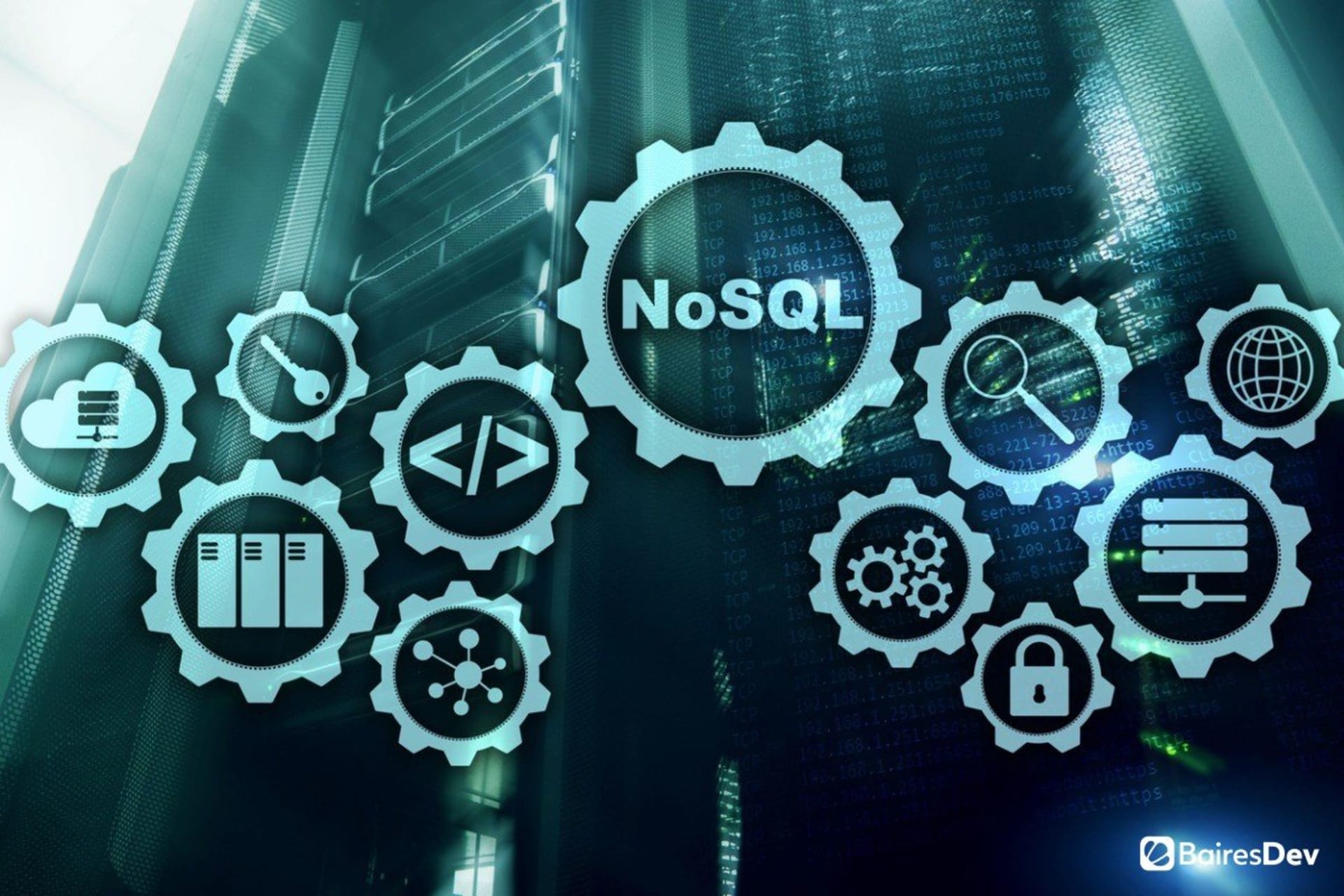- Home
- Technologies
- SQL Server
SQL Development Company
Our SQL development services already power dozens of active engagements. We typically land our teams within 2 weeks, so you can start shipping top-quality software, fast.
500+ companies rely on our top 1% tech talent.
SQL Development Services We Provide
Custom SQL Application Development
Deploy custom inventory management systems and CRMs. Using SSMS, DBeaver, and more, we build tailored SQL apps with optimized performance, scalability, and security. The result? Applications that seamlessly integrate into your existing systems and ensure a smooth data flow, designed with the user in mind.
Custom SQL Server Development
From data warehouses to e-commerce platforms, SQL servers offer high availability and accommodate increasing data loads. Our developers leverage SSMS, Azure Data Studio, and more to deliver custom and secure SQL servers.
SQL Database Architecture
Build scalable and efficient database architectures that are tailored to your data management processes.
We design robust SQL database architectures with tools like Microsoft SQL Server Management Studio (SSMS), MySQL Workbench, and PostgreSQL. Using database normalization techniques, indexing strategies, and query optimization, we ensure optimal performance and reliability.
Database Performance Optimization
Boost the performance of your SQL databases. Faster query execution and improved responsiveness improve the user experience and facilitate more efficient task completion.
We optimize SQL database performance using tools like SQL Profiler, Query Store, and Database Engine Tuning Advisor. Through query optimization, index tuning, and database schema refinement, we enhance query execution times and overall system responsiveness.
SQL Server Integration
Integrate SQL Server into your existing infrastructure for more efficient data sharing and synchronization across your organization, and achieve streamlined data management.
Our SQL developers perform installation, configuration, and customization. Leveraging tools like SQL Server Integration Services (SSIS) and Linked Servers, we ensure seamless integration with other systems, data sources, and applications.
Business Intelligence
Extract valuable insights from your SQL databases with powerful business intelligence solutions. These insights can help inform your decisions and strategic planning efforts to boost business.
We use SQL databases to build business intelligence solutions with tools like Microsoft Power BI, Tableau, and SQL Server Reporting Services (SSRS). By aggregating and analyzing data from multiple sources, we empower the decision-makers on your team with actionable intel.
Database Migration
Migrating your data to SQL databases can be complicated. We simplify the process, ensuring minimal disruption to your operations.
We provide end-to-end database migration services. We tap into tools like SQL Server Migration Assistant (SSMA) and AWS Database Migration Service to help us seamlessly and securely perform the migration. We do so with zero downtime and no data loss to ensure data integrity and consistency.
SQL Security and Compliance
Data protection is essential when you're grappling with enormous amounts of sensitive information. Leveraging tools like SQL Server Audit and Azure SQL Data Discovery and Classification, we ensure your critical data is safeguarded against breaches and unauthorized access. Mitigate risks, enhance disaster recovery and business continuity planning, and meet legal and industry standards. Ultimately, you'll build customer confidence and trust.
Why Choose BairesDev for SQL Development?

Top 1% of Tech Talent
Harness the expertise of our SQL developers, who comprise the industry's top 1% of talent. We rigorously vet each developer for their hard and soft skills and their industry experience. Our SQL developers ensure optimal performance and deliver innovative solutions tailored to your business needs.
Diverse Range of Solutions
Unlock a gamut of possibilities with our custom SQL solutions. We craft solutions to address your specific business challenges—whether you require database architecture, performance optimization, or database migration.
Flexible Engagement Models
Different dynamics demand different solutions. That’s why we offer three unique engagement models. From augmenting your team or organization with additional talent to outsourcing entire projects, we tailor our approach. We ensure agility throughout the development process, aligning with your budget, timeline, and project requirements.
The SQL Ecosystem We Used in Previous Work
Database Management Systems (DBMS)
Systems for creating, managing, and interacting with databases, offering various features for data storage, retrieval, and manipulation.
- MySQL
- PostgreSQL
- Microsoft SQL Server
- Oracle Database
- SQLite
- Firebird
- MariaDB
- CockroachDB
Development Frameworks and ORMs
Libraries or frameworks that facilitate the development of software applications by providing an abstraction layer for database interactions.
- Entity Framework (EF)
- Hibernate
- Spring Data JPA
- Django ORM (Python)
- Sequelize
- ActiveRecord (Ruby on Rails)
- Peewee
- Tortoise ORM
Query Tools and Interfaces
Tools and interfaces for making database management and query execution more user-friendly, facilitating easy creation, management, and manipulation of complex databases through graphical interfaces or command-line tools.
- SQL Server Management Studio (SSMS)
- pgAdmin
- HeidiSQL
- DBeaver
- phpMyAdmin
- Adminer
- Beekeeper Studio
- DataGrip
Version Control and Collaboration Tools
Tools that help manage changes to database schemas over time, enabling version control, collaboration, and change tracking for database development projects.
- Flyway
- Liquibase
- DBMaestro
- SchemaSpy
Specialized or Niche Tools
Tools and technologies that offer specific functionalities, cater to niche requirements, or provide unique approaches to database development, management, and integration.
- Redgate SQL Toolbelt
- SQLcl
- Prisma
Integrated Development Environments (IDEs) and Editors
Environments and text editors designed to support SQL development by offering integrated database tools, code editing, and management features.
- Visual Studio Code (with SQL extensions)
- IntelliJ IDEA (with Database tools and SQL plugin)
- Sublime Text (with SQL plugins)
Key Things to Know About SQL
Tailored Solutions for Every SQL Project
Frequently Asked Questions
SQL (Structured Query Langauge) is a language for managing and manipulating relational database management systems. It is essential for data analysis, enabling developers and analysts to extract, update, insert, and delete data.
SQL server development services involve various activities related to designing, developing, implementing, and optimizing databases and data-driven applications. Examples include creating relational database schemas, writing and optimizing SQL queries, and developing business intelligence solutions. SQL server programming services also encompass data security, performance tuning, and supporting cloud-based solutions.
MS SQL server development involves structuring, implementing, and managing databases on the Microsoft platform. The goal is to facilitate secure and efficient data storage and retrieval to support business processes.
How Businesses Can Overcome the Software Development Shortage
BairesDev Ranked as one of the Fastest-Growing Companies in the US by Inc. 5000

See how we can help.Schedule a Call










